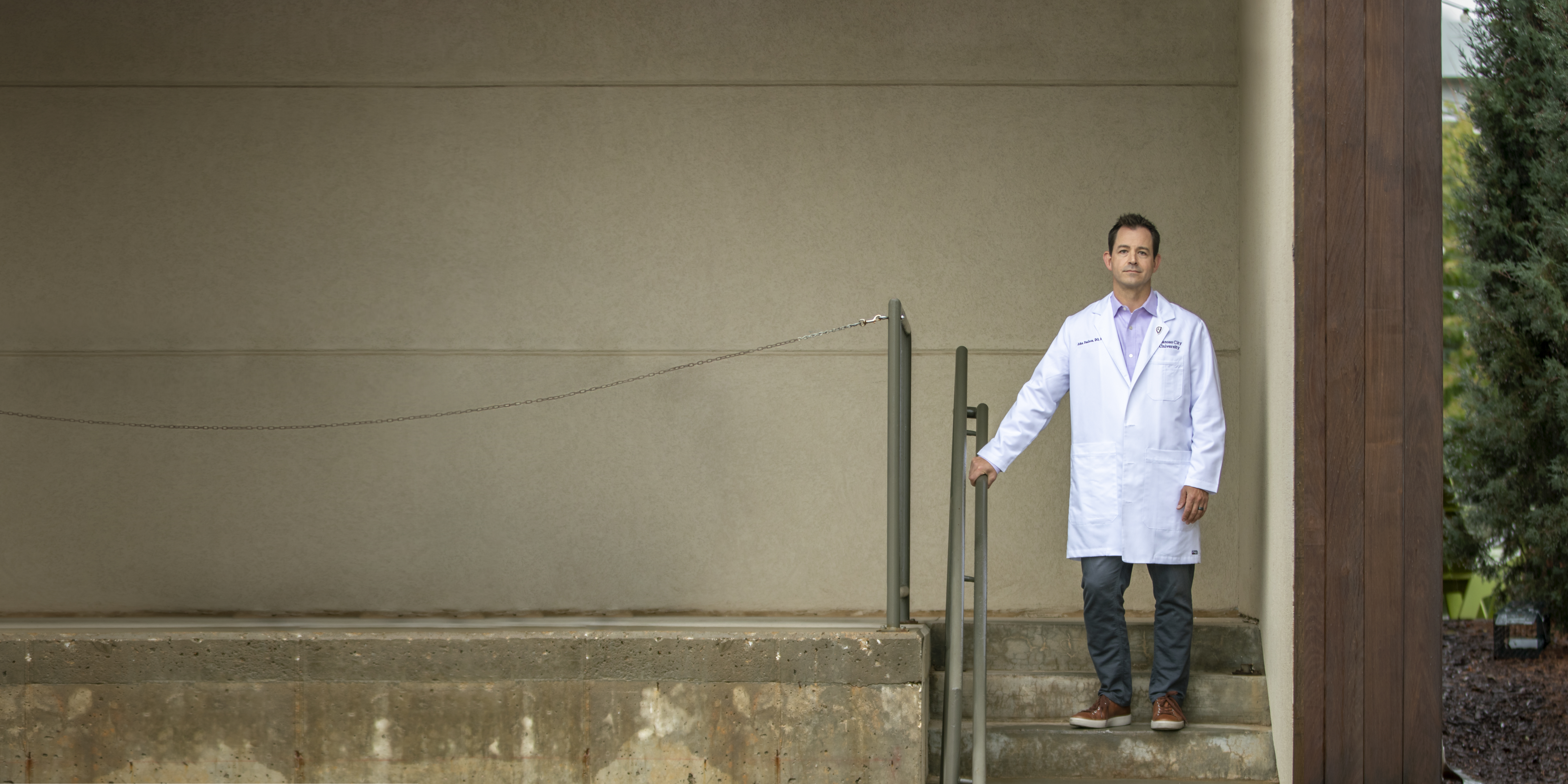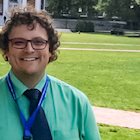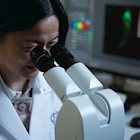In the early summer of 1989, a fisherman recovered the body of 13-year-old Justin Delbert Wiles from the waters of Bixhoma Lake near Bixby, Oklahoma. Although the police had a suspect in mind, the case went cold after a lack of evidence hindered further investigation. More than a decade later, justice for Wiles was finally served with the help of John Paulson, DO, PhD, who was then a forensic investigator with the Tulsa Police Department. His experience with trace evidence would lead to the conviction of an Oklahoma child serial killer.
Paulson identified a tiny smudge on a piece of wire found wrapped around Wiles’ body. Using forensic technology, he identified that material as 3M™ body caulk, the same substance discovered on wire in the trunk of a car belonging to the initial suspect, Wayne Henry Garrison. In 2002, the trace evidence presented by Paulson and evidence involving a partial bitemark resulted in Garrison’s conviction. Paulson later appeared on A&E’s "Cold Case Files" to explain the impact trace evidence had on the case.
Paulson’s background in law enforcement is intriguing and enabled him to save lives outside of his medical career. He speaks fondly of his time in law enforcement and the men and women he worked with. “I just can’t speak highly enough about the police departments and the folks that we had there. That is really where I learned the importance of teamwork,” said Paulson, who now serves as department chair and associate professor of Primary Care at KCU-Joplin.
Paulson started his career in law enforcement and medicine after graduating from Oklahoma State University with an undergraduate degree in physiology and a master’s in zoology. His zoology degree is one of many elements that helped him stand out among other applicants when he applied for an internship at the Federal Bureau of Investigation (FBI). At the time, there was a great need for expertise in crimes involving animals, which made him one of the most qualified candidates.
“In the early ‘90s, I decided to pursue forensics. The invention of the polymerase chain reaction (PCR) technique revolutionized forensic science in the late ‘80s and changed the world of criminal investigating. I thought ‘where is the best place to do forensics?’ It was the FBI,” said Paulson. He applied for and secured an internship with the agency soon after.
During his FBI internship, Paulson began a study that involved taking samples from fly larvae to determine if homicide victims had drugs in their systems at the time of their deaths. This new research spurred his interest in the inner workings of narcotics. He continued his work in crime labs as a drug chemist, which included analyzing drugs, such as methamphetamine, to help combat the scourge of narcotics across the United States.
By the mid-‘90s, designer drugs, such as ecstasy and GHB, began to hit nightclubs and local high schools. Paulson became involved in forming one of the first designer drug taskforces in the Tulsa metropolitan area. “We started looking for ecstasy and club drugs. Our team was highly successful, and I was part of one of our first big ecstasy busts. We conducted a raid and seized $30,000 worth of ecstasy as a result,” said Paulson. “They were selling this stuff to high school students. Because of our team’s success, I soon became the forensics technical leader for the inaugural designer drug section of the forensic laboratory.”
Paulson decided to become a doctor after seeing a great need for family medicine in small communities. He earned his PhD in biomedical science with an emphasis in pharmacology and physiology and a Doctorate of Osteopathic Medicine at Oklahoma State University Center for Health Sciences in 2007. He began his residency at Cox Hospital in Springfield, Missouri, where he gained a broad scope of residency training. Following residency, he took over a rural practice in the small town of Licking, Missouri.
“For the first two years of my career as a physician, I did inpatient and outpatient care. I worked the ER, I worked the ICU, and I did all my own procedures. There was just a handful of family medical physicians and one general surgeon, and that was health care for that entire county. That was probably the most rewarding, personally, because I really took care of a lot of people and there was a lot of responsibility,” Paulson explained.
Paulson moved to Joplin in 2012 following the 2011 EF-5 tornado that ravaged the city. Today, as a KCU faculty member, he uses his vast career experiences and knowledge to encourage his students not to fear failure, to learn from their mistakes and to grow as students and future physicians.



